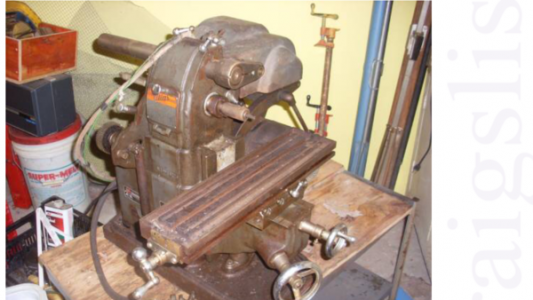- Joined
- May 10, 2014
- Messages
- 819
Thanks for all the replies! I’d like to try electrolysis but I don’t know where to get the chemicals needed.
An example how-to article. Many on the internet.
http://antique-engines.com/electrol.asp
Not really "chemical" needed, just Arm & Hammer washing soda aka sodium carbonate. Just something to add ions to the water so it conducts electricity better than straight water.
I read somewhere that carbon blocks make a good electrode and do not generate the scum which will happen from steel electrodes. I do not think most folks have a hefty piece of carbon lying around.


